The drone project has been very hot. In particular, the plan is used to make express delivery, which is even more open-minded, so many technology companies are also involved in it, but recently Google's move let us see again, in fact, the development of drone projects is not so simple. There are still many aspects of design. It is reported that Google's latest drone has been tested, but the team behind this project is about to contract. The Google drone team is laying off staff and cutting some projects. This became the latest goal of Google's parent company, Alphabet, to control its budget. According to Bloomberg, Project Wing stopped working with Starbucks as a division of Alphabet's GoogleX Lab. After the project leader Dave Vos left in October, the department stopped recruiting and encouraged team members to find jobs in other departments within the company.
Obviously, it is planned to fade out of this project, or it is not very optimistic about the development prospects. At present, Alphabet is controlling spending, and there are still many ways to go to develop a pilot project that is at a loss into a real business. In particular, the US federal regulatory authorities have not approved drone delivery, just setting up certain test areas. This may make Google undecided. It is reported that a GoogleX spokesperson said in an email: "ProjectWing has the potential to solve the huge inconvenience in the transportation of physical goods in the world. What we are doing now is the next stage of development technology. As always, we are thinking, no driver Various possible application scenarios for air system delivery."

In September, Alphabet announced that it will work with Chipotle Mexican Grill to provide drones for takeaway services at Virginia Tech. Of course, Google's goal is far more than just using drones to deliver food. Google initially wanted to use drones to transport medical items, including drugs and pacemakers. After these plans were abandoned, the department turned its attention to shipping takeaways and other foods that were prone to deterioration. It is reported that Alphabet has previously conducted in-depth discussions with Starbucks and jointly tested the use of drones for delivery. However, these projects have been abandoned because the two parties are divided on the user data that Alphabet wants to obtain. It can be seen that sending "coffee" with drones is not so easy to implement.
Of course, similar to many other projects within GoogleX, Project Wing has been adjusted many times. Earlier, Google also said that Project Wing plans to "commercial operations in 2017." But the departure of the responsible person makes these ideas almost fading. Perhaps, due to restrictions imposed by the Federal Aviation Administration (FAA), in the United States in the next year or two, the operation of drones can only be limited to test sites. Some people also said: "The drone is not allowed to fly out of sight. No one knows how long it will take." After all, there are still many things to be sorted out at the regulatory level. Can Google wait until this day? Now it seems that Google intends to shrink. Of course, Amazon is still staring at the market and trying it out. There are still a lot of things to consider when landing, not a single technology can be achieved.
At the same time, we also see that there are many areas that need to be improved, simply in terms of technology. Recently, GoPro announced the recall of the Karma drone, on the grounds that it may suddenly lose power during the flight. If there is a sudden lack of motivation when carrying goods or moving cameras in the air, I don’t know where it will fall. GoPro said, “There are only a few Karma users who have experienced this during the operation of the equipment. We have quickly recalled all Karma drones during the investigation and provided a full refund. We are still working with US consumer products. The Security Council works closely with the US Federal Aviation Administration. We apologize for the inconvenience caused to consumers and will take every step to simplify the return and refund process. It is clear that technology needs to continue to strive for excellence.
Of course, technology is always full of hope. Recently, studies have shown that it is possible to remotely charge drones in the future. As we all know, wireless charging technology is not uncommon, but most of them are only wireless charging small batteries, smart phones, etc., and wireless charging of drones is still the first attempt. It is reported that Imperial College of England has proofread the UAV electronic device so that its frequency is consistent with the electromagnetic field formed by the ground device. When the UAV enters the magnetic field, it can receive the DC voltage converted by the antenna and charge during the flight. . Of course, the current technology is still in the experimental stage, they can only do the drone to charge the space at 10 cm of the magnetic field device, and there is still a long way to go to achieve commercial standards.
Interestingly, in addition to drone delivery, Facebook is also very popular with this market. It is reported that Facebook has filed an application with the Federal Communications Commission (FCC), hoping to obtain a special "temporary authorization" to establish a wireless network with a frequency of 27.95 to 28.05 GHz in the surrounding area of ​​its headquarters. Facebook plans to fly unmanned aircraft over its headquarters in Menlo Park, Calif., from the beginning of this month to April 1 next year, with the main purpose of testing its telecommunications technology that is still in secrecy.
“The purpose of this test is to test potential new communication applications and devices in a controlled low-altitude flight environment.†It is reported that Facebook is testing a mobile base station in which a small antenna with antennas is being tested. drone. It has a flying height of four hundred feet and a flight range of five kilometers around the Facebook headquarters. Facebook plans to offer affordable wireless connectivity on a global scale, that is, they build a solar-powered aircraft that can stay in the air for several months, flying to the world's most remote locations, providing people with network access. service. This drone has a wingspan width similar to that of the Boeing 747, and it was successfully tested in Arizona in the United States at the end of June this year. This is another extension of the drone application, and of course, there is still a long way to go.
Alloy Cap
HANMAC is Manufacturer & Supplier of premium quality range of ANSI/ASME B16.9 Cap End.
We are highly experienced company in ANSI/ASME B16.9 Seamless Cap.
Our ANSI/ASME B16.9 Pipe Cap are manufactured using quality material and go through a rigorous quality check at all stages of production to ensure quality.
Our steel Cap are used in industries like energy industry, paper mills, textile industry, chemical industry, dairy plant, machinery fabrications, oil and gas industry, ships industry and other associated industries.
We have specialization to manufacture ANSI/ASME B16.9 Alloy Cap per customers` specifications.
We welcome small quantity order.
|
Chemical Composition (%)
|
|
Grade
|
C
|
Mn
|
P
|
S
|
Si
|
Cr
|
Mo
|
Ni
|
|
WP5 Class 1 & Class 3
|
≤0.15
|
0.3-0.6
|
≤0.04
|
≤0.03
|
≤0.5
|
4-6
|
0.44-0.65
|
|
|
WP9 Class 1 & Class 3
|
≤0.15
|
0.3-0.6
|
≤0.03
|
≤0.03
|
≤1
|
8-10
|
0.9-1.1
|
|
|
WP11 Class 1
|
0.05-0.15
|
0.3-0.6
|
≤0.03
|
≤0.03
|
0.5-1
|
1-5
|
0.44-0.65
|
|
|
WP11 Class 2 & Class 3
|
0.05-0.2
|
0.3-0.8
|
≤0.04
|
≤0.04
|
0.5-1
|
1-5
|
0.44-0.65
|
|
|
WP12 Class 1 & Class 2
|
0.05-0.2
|
0.3-0.8
|
≤0.045
|
≤0.045
|
≤0.6
|
0.8-1.25
|
0.44-0.65
|
|
|
WP22 Class 1 & Class 3
|
0.05-0.15
|
0.3-0.6
|
≤0.04
|
≤0.04
|
≤0.5
|
1.9-2.6
|
0.87-1.13
|
|
|
WP91
|
0.08-0.12
|
0.3-0.6
|
≤0.02
|
≤0.01
|
0.2-0.5
|
8-9.5
|
0.85-1.05
|
≤0.4
|
|
WP911
|
0.09-0.13
|
0.3-0.6
|
≤0.02
|
≤0.01
|
0.1-0.5
|
8.5-10.5
|
0.9-1.1
|
≤0.4
|
|
Mechanical properties
|
|
Item
|
Tensile Strength (MPa)
|
Yield Strength (MPa)
|
Elongation%
|
|
WP5 Class 1
|
415-585
|
≥205
|
≥20
|
|
WP5 Class 3
|
520-690
|
≥310
|
≥20
|
|
WP9 Class 1
|
415-585
|
≥205
|
≥20
|
|
WP9 Class 3
|
520-690
|
≥310
|
≥20
|
|
WP11 Class 1
|
415-585
|
≥205
|
≥20
|
|
WP11 Class 2
|
485-655
|
≥275
|
≥20
|
|
WP11 Class 3
|
520-690
|
≥310
|
≥20
|
|
WP12 Class 1
|
415-585
|
≥220
|
≥20
|
|
WP12 Class 2
|
485-655
|
≥275
|
≥20
|
|
WP22 Class 1
|
415-585
|
≥205
|
≥20
|
|
WP22 Class 3
|
520-690
|
≥310
|
≥20
|
|
WP91
|
585-760
|
≥415
|
≥20
|
|
WP911
|
620-840
|
≥440
|
≥20
|
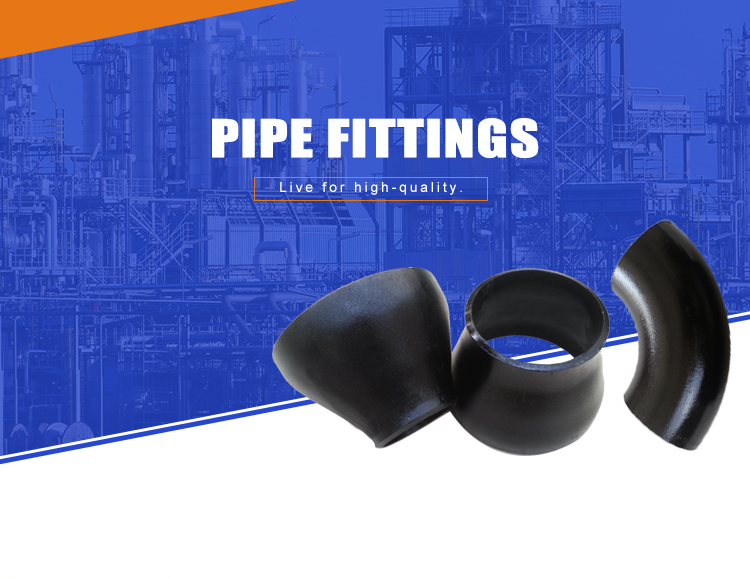
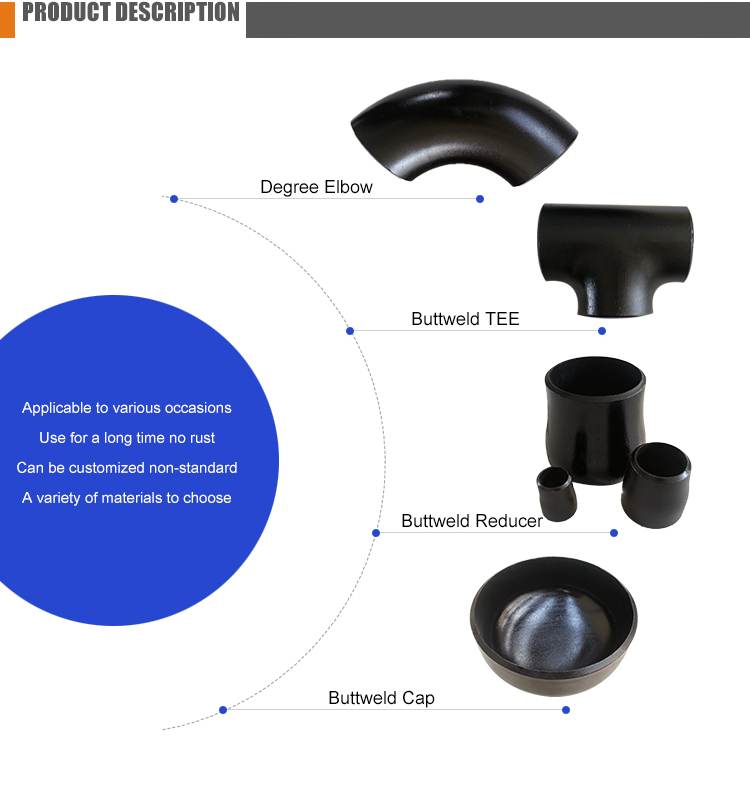
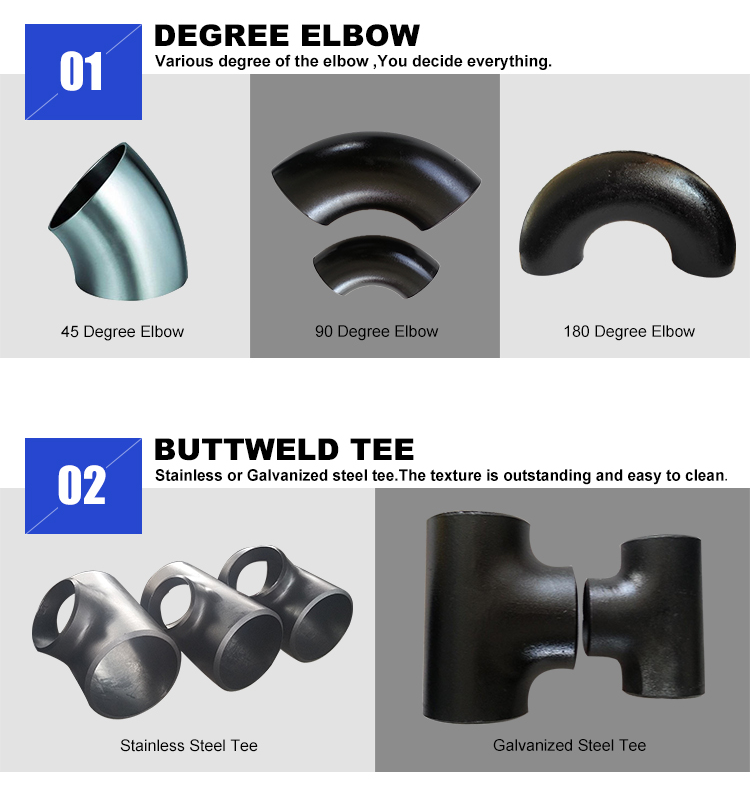
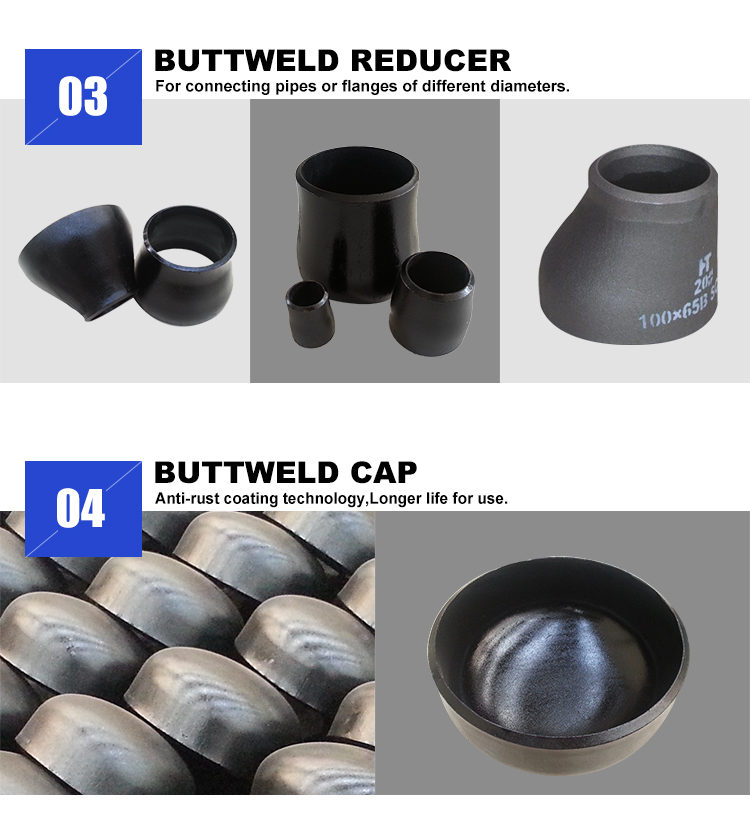
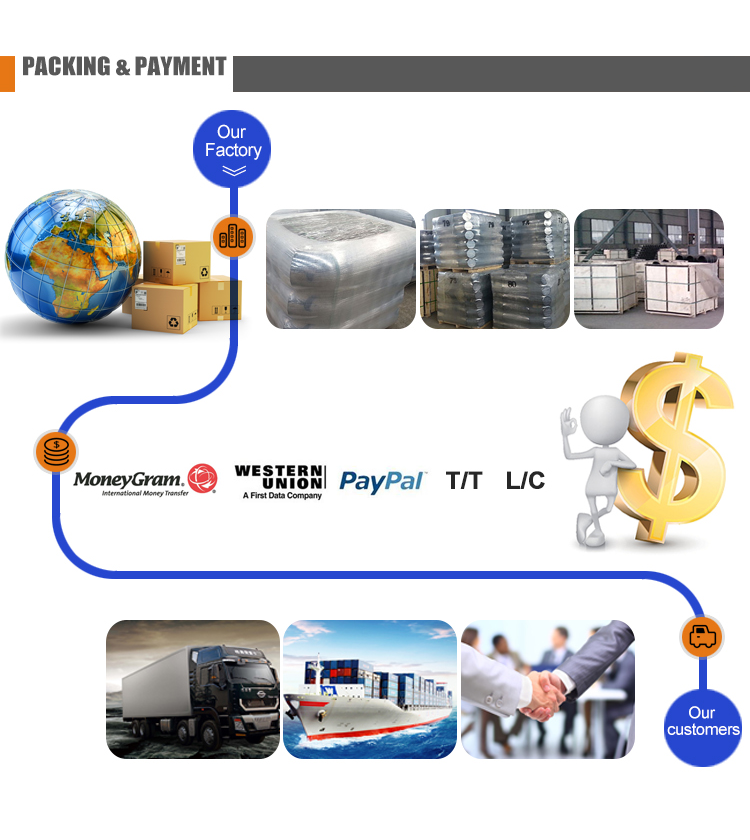
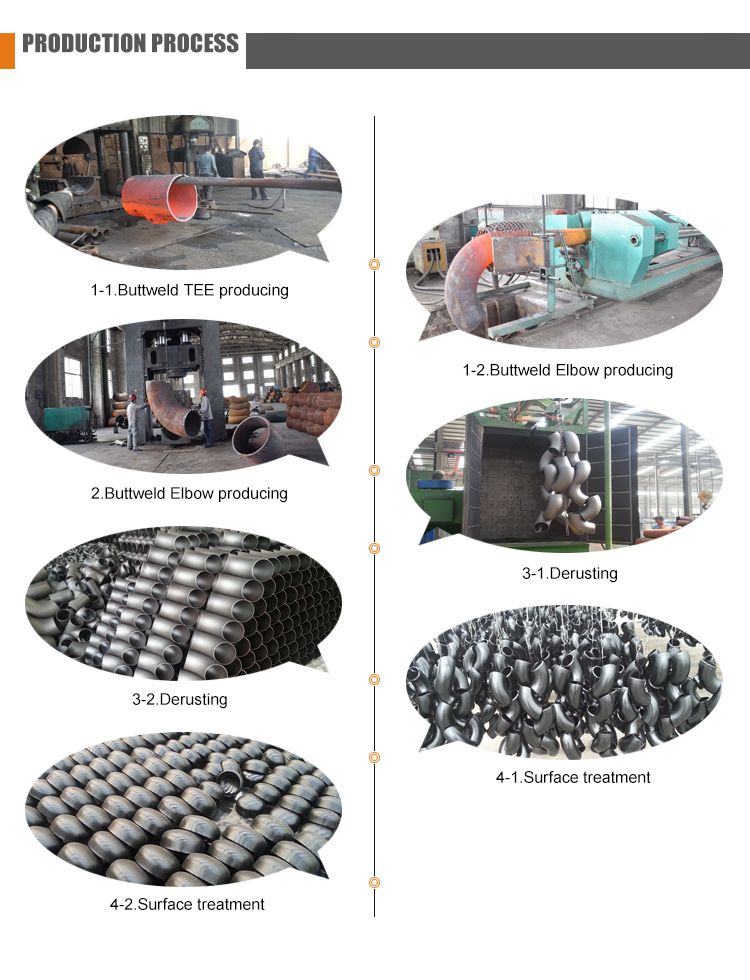

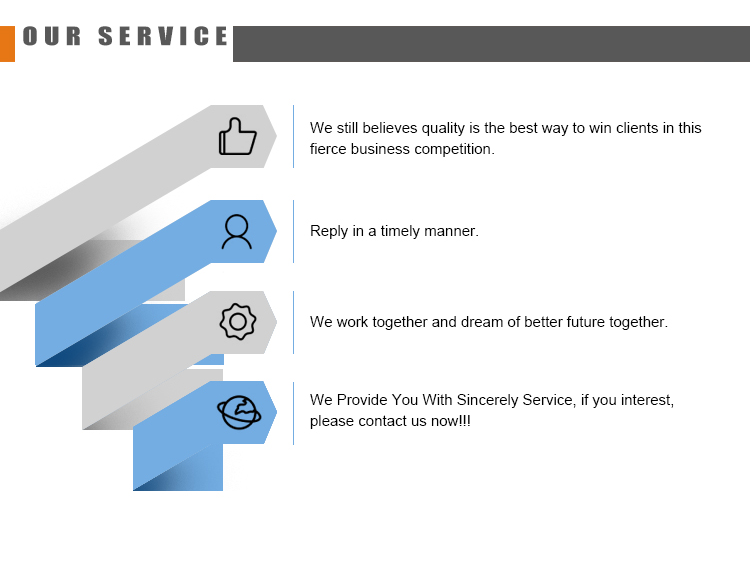
Alloy Cap,Pipe Cap,Seamless Cap,Steel Cap,Cap End
HEBEI HANMAC MACHINE CO., LTD. , https://www.chinahanmac.com